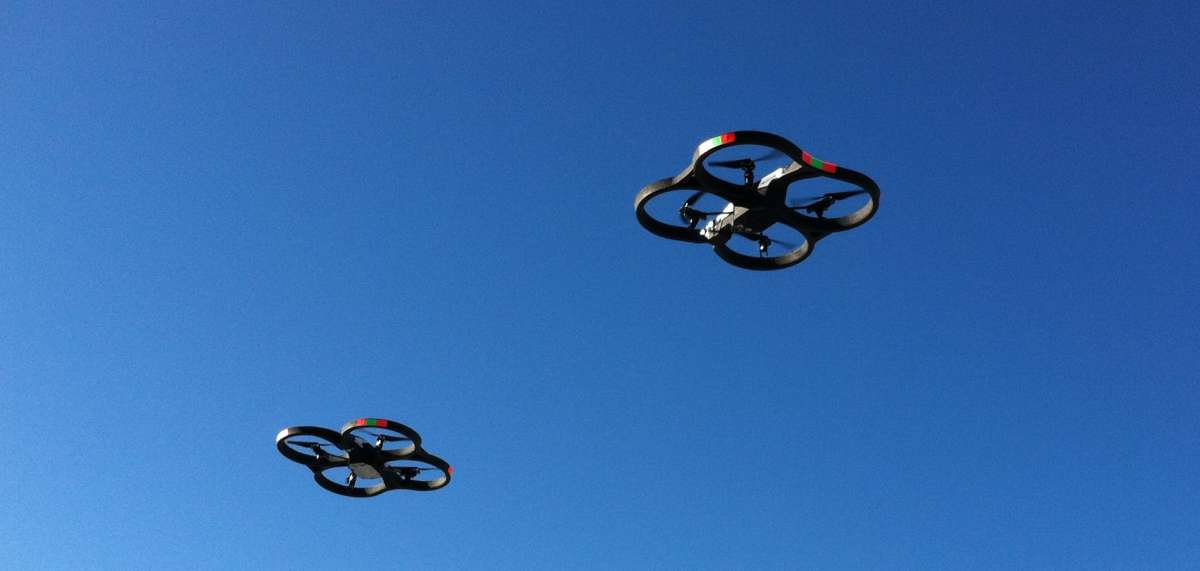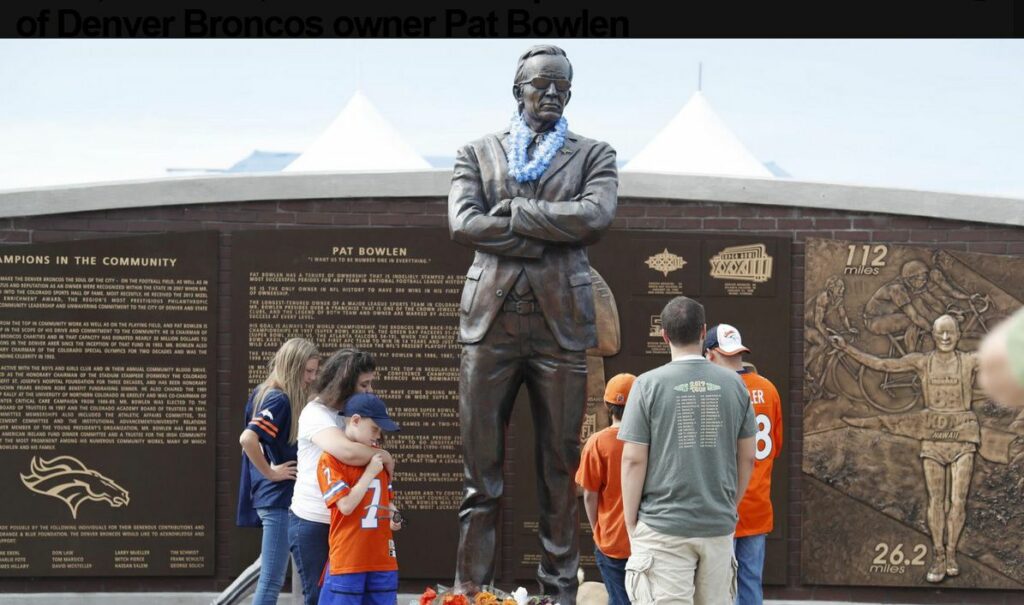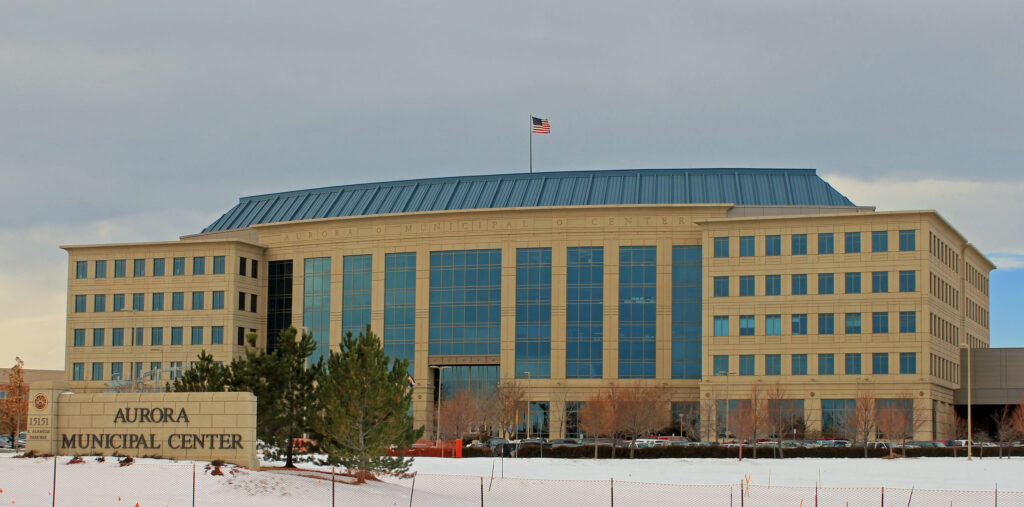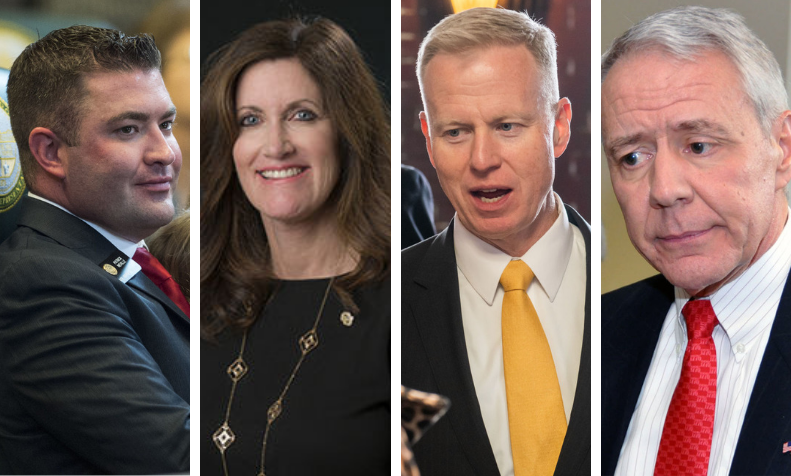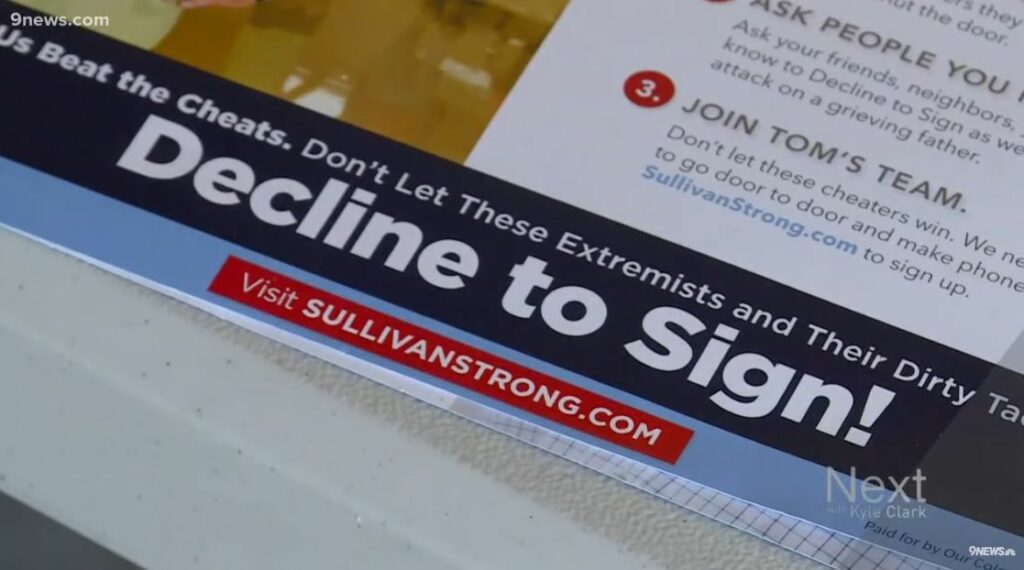A bleak, terrifying picture of drones over Denver
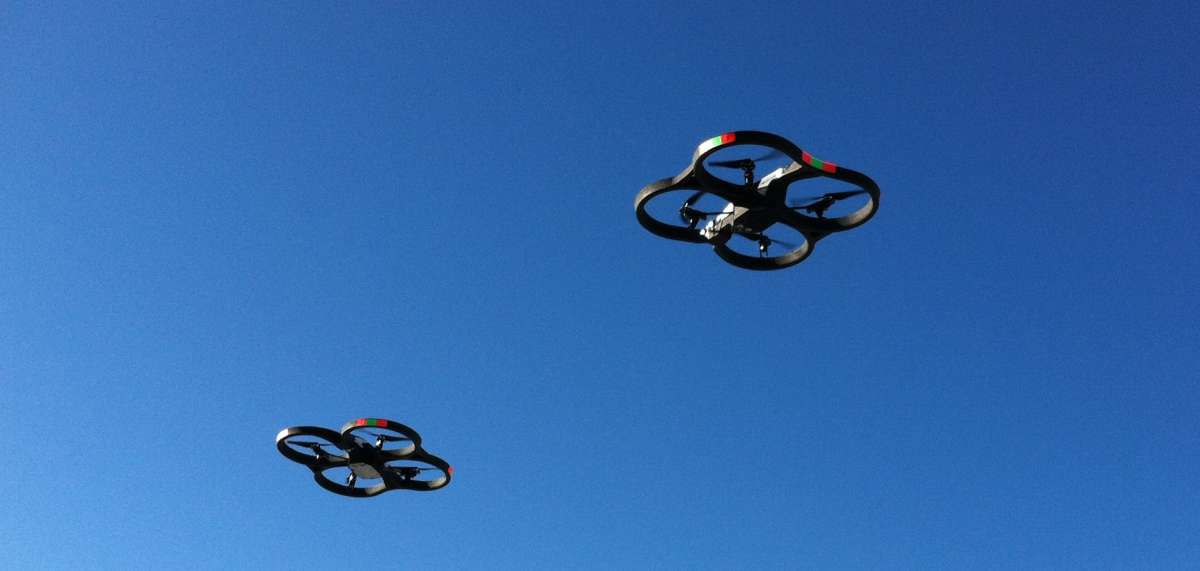
Heading out for a sight-seeing adventure through the lens of a drone can be an exciting prospect, but the burgeoning hobby has proved to be a pain in the you-know-what for airports, emergency personnel and local municipalities.
Members of the Denver City Council’s Safety, Education and Homelessness Committee got a crash course this week on the potential havoc unmanned aerial vehicles can wreak.
Of course, drones have many, many beneficial uses, but John Putnam – an attorney with Kaplan, Kirsch & Rockwell who frequently advises major cities and airports, including Denver, on airspace issues – painted a bleak picture of the potential dangers drones pose and the rather fluid landscape of drone regulations.
The largest exposure a city like Denver likely faces is drone incidents at its airport, Putnam said.
“The best information suggests that if a drone were ingested into an engine of a 737 coming into DIA, there is a substantial chance it could take down that flight,” Putnam said.
Putnam said the Federal Aviation Administration documented about 1,800 cases of drones flying too close to airplanes last year – a 50 percent increase from the previous year.
Adding to the nightmare, Putnam posed the question: “What happens when a drone flies over Mile High on game day and releases a packet of something white? There will be panic and chaos.”
Picture a drone entering airspace where aircraft are aiding firefighters battling a wildfire. Or an inexperienced drone pilot endangering others by flying erratically. And there are even weaponized drones to ponder.
Should the city decide to start regulating drones at the local level, Putnam said it would have to go beyond an ordinance.
“This is a very complicated area that requires many layers of city investment,” he said noting the city’s drone policy would need to include training for law enforcement, public education about the legal use of drones and coordination between cites, airports the FAA and other jurisdictions among other aspects.
Putnam said enacting regulations at a local level can prove sticky. With the FAA retaining authority over all airspace above 500 feet and any airspace needed for aircraft to land and take off, there’s often a question of legal authority.
The regulatory landscape regarding drones is in flux, and it would be challenging to determine where FAA and local authority begins and ends.
“We are lacking guidance from the federal level; we are lacking court decisions on this issue, so we’re in a period of trial and error,” he said.
“The laboratories of democracy that are our cities and counties and states are trying a bunch of these ordinances,” he said. “They will be challenged, some of them will succeed, some will fail.”
Putnam noted how many major cities started to regulate drones like Los Angeles, as well as some Colorado cities, including Telluride.
Putnam said many current laws already cover concerns many have about drones. For example, existing Peeping Tom laws might cover privacy concerns, and it is still illegal (outside of the narrow window for legal use of force) to shoot someone, whether it be by handgun or weaponized drone. It might be a matter of “optimizing” current regulations, Putnam said.
